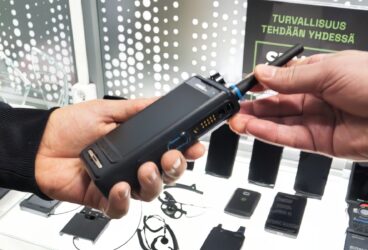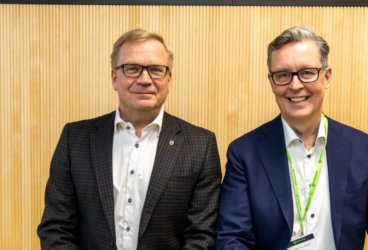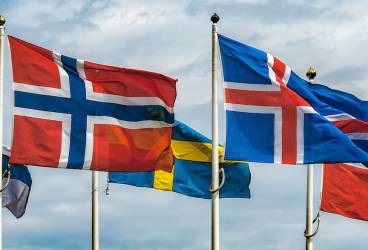Coronavirus highlights the need for communications by and between the authorities

Preparedness has been increased in many areas because of the coronavirus. The situation may change quickly. No disruptions may occur in the close communications between healthcare services and the authorities responsible for preparedness.
The hospital districts are prepared for the treatment of infectious diseases and various kinds of epidemics, but the situation caused by the coronavirus is exceptional. Fear spreads at least as quickly as the virus itself, and experts responsible for healthcare and preparedness have to answer the questions of concerned citizens and the media. This puts burden on healthcare organisations.
“The coronavirus has given rise to a wide range of preparedness measures. However, the nature of the situation is different from a major accident, for example, which engages the government apparatus in a split second. This kind of global epidemic situation develops more slowly, but it is more dynamic and complex and more difficult to perceive as far as grasping the big picture and the changing situation are concerned,” says Aaro Toivonen, Director of Security and Preparedness at the Hospital District of Helsinki and Uusimaa in Finland.
“Communications between the authorities and to the citizens are of utmost importance, so the communication channels must be in order and the situation picture must be kept up to date at all times.”

The Virve administrative radio network and the high-readiness government security network (TUVE) are used by the Finnish authorities and other security operations on a daily basis when the nature of communications so requires. Most of the day-to-day communications are carried out by means of regular electronic communications.
Toivonen calls for the expansion of the existing Krivat system to the Finnish social and healthcare sector.
“It would help in maintaining and managing a shared situation picture in situations such as the spreading of the coronavirus.”
Preparedness has been increased
The rescue and security services must stay up and running even if resources are consumed in combating the coronavirus and preparing for the epidemic. People also become victims of traffic and other accidents and fires during the same time, and get sick otherwise as well.
“Systems that serve the creation of a broader situation picture and disruption-free communications are now more important than ever. Preparedness has been increased in a number of ways, and a pandemic management group, for example, that monitors the situation and directs the operations, meets on a regular basis. For the time being, the normal managements model is still followed,” says Aaro Toivonen.
In Finland, the division of duties between the authorities is quite clear and the cooperation works. The Ministry of Social Affairs and Health directs the operations at the national level, while the regional state administrative authorities direct the operations in their respective regions. As the national expert agency, the Finnish Institute for Health and Welfare (THL) assumes responsibility for monitoring the national situation picture and liaisons with foreign agencies, such as the European Centre for Disease Prevention and Control (ECDC) and the World Health Organisation (WHO).
Communications have worked well, but the extension to the Krivat system that is currently still under development would come in handy in the healthcare and social services sector.
THL also draws up national guidelines, protection instructions and treatment policies. Healthcare operators (hospital districts, cities, municipalities and private service providers) are responsible for organising the care of patients and confining the epidemic. The security of supply organisation and the preparedness organisations of different operators are prepared to ensure that disruptions may occur in the normal logistics chains as a result of the epidemic.
“Communications have worked well, but the extension to the Krivat system that is currently still under development would come in handy in the healthcare and social services sector. It would further strengthen the coordination of cooperation and the management of the sector as a whole. It would be a good interface and tool for systematic cooperation for all major operators in the sector on certain matters related to situational awareness,” says Toivonen.
What is Krivat?
A cooperation platform for authorities and other security-critical operators in major disruptions. It enables the operators to create an overall picture of the situation.
Situation journal that displays notices and operational decisions to the participants in real time.
Make cooperation more effective and speeds up recovery from disruptions.
Helps the different parties involved in foresighting future developments.
Supplements the preparedness and disruption management actions of the companies involved.
A versatile service delivery platform: a community, a set of procedures and an information channel at the same time.
Operates in a separate virtual network, not dependent on the Internet or mobile phone network.
For more information about the Krivat service provided by State Security Networks:
Ilkka Meriläinen, Executive manager of the Krivat community
ilkka.merilainen@erillisverkot.fi
Tel. +358 400 507 870
For more information about Krivat, see the brochure (in Finnish)






